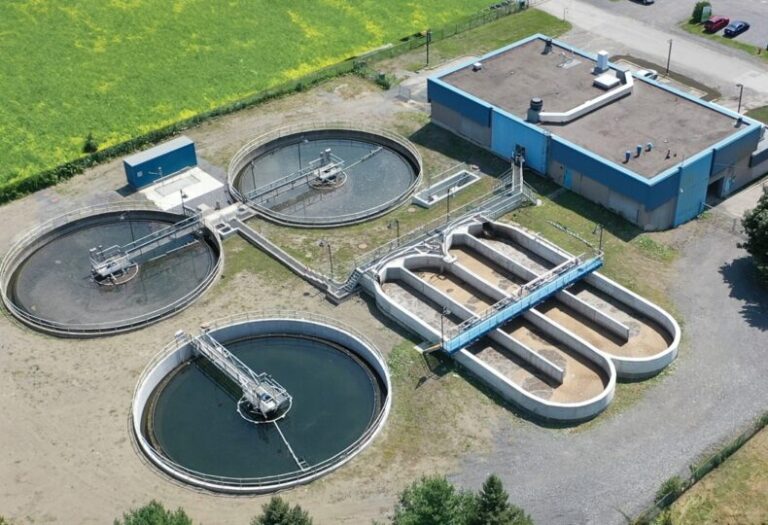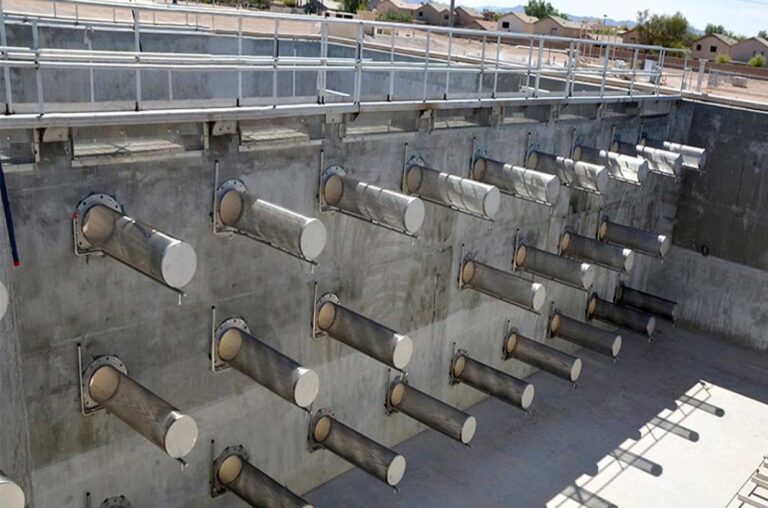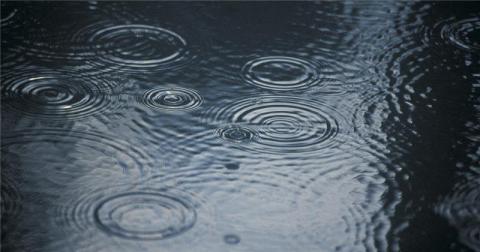In an effort to uphold the highest standards for drinking water quality, Health Canada has released the latest Guidelines for Canadian Drinking Water Quality: Guideline Technical Document – Iron. Developed in collaboration with the Federal-Provincial-Territorial Committee on Drinking Water, the document establishes an aesthetic objective (AO) of ≤0.1 mg/L (100 µg/L) for total iron in drinking water.
Iron, a naturally occurring metal, is widely found in the environment due to both natural sources and human activities. It exists in various organic and inorganic compounds and is used extensively in steel production, industrial and commercial applications, and consumer products. Common uses include water mains, batteries, pesticides, fertilizers, cosmetics, food additives, and multivitamin supplements.
While iron is not considered a health risk at typical concentrations found in drinking water, elevated levels can lead to undesirable aesthetic effects, including discoloration, metallic taste, and sediment buildup. The newly established AO is intended to address these concerns, ensuring Canadians continue to receive high-quality drinking water free from such aesthetic issues.
The updated guideline provides a comprehensive assessment of iron exposure in drinking water and offers best practices for water treatment facilities to manage and control iron concentrations. Municipal water systems and private well owners are encouraged to test their water regularly and implement appropriate filtration or treatment methods when necessary.
For more details on the guideline and technical recommendations, the full document is available on Health Canada’s website. The release of this guideline underscores the country’s commitment to maintaining and improving the safety and quality of drinking water for all Canadians.









